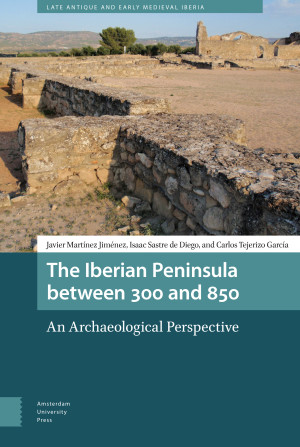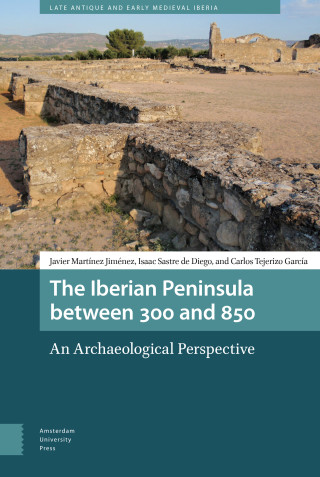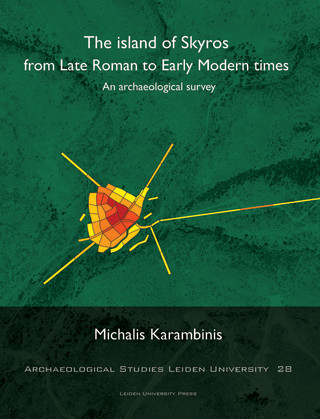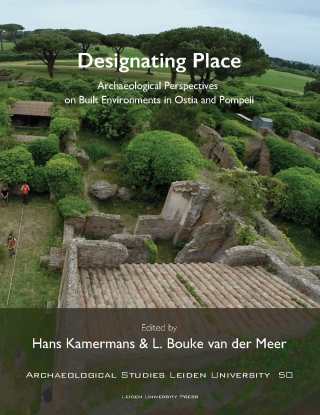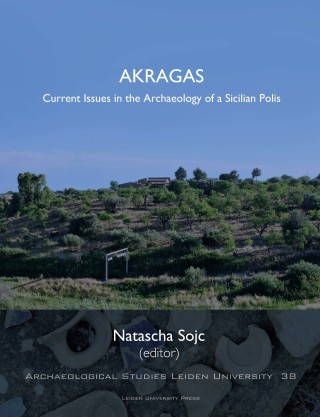Javier Martínez Jiménez
Javier Martínez Jiménez is a Postdoctoral Researcher in the Faculty of Classics and a By-Fellow at Churchill College, University of Cambridge. He did his thesis (Oxford, 2013) with Bryan Ward-Perkins on the continuity of aqueducts in late antique Iberia, and has directed the survey of the aqueduct of Reccopolis and co-directed the Oxford excavations at Casa Herrera (Mérida).

